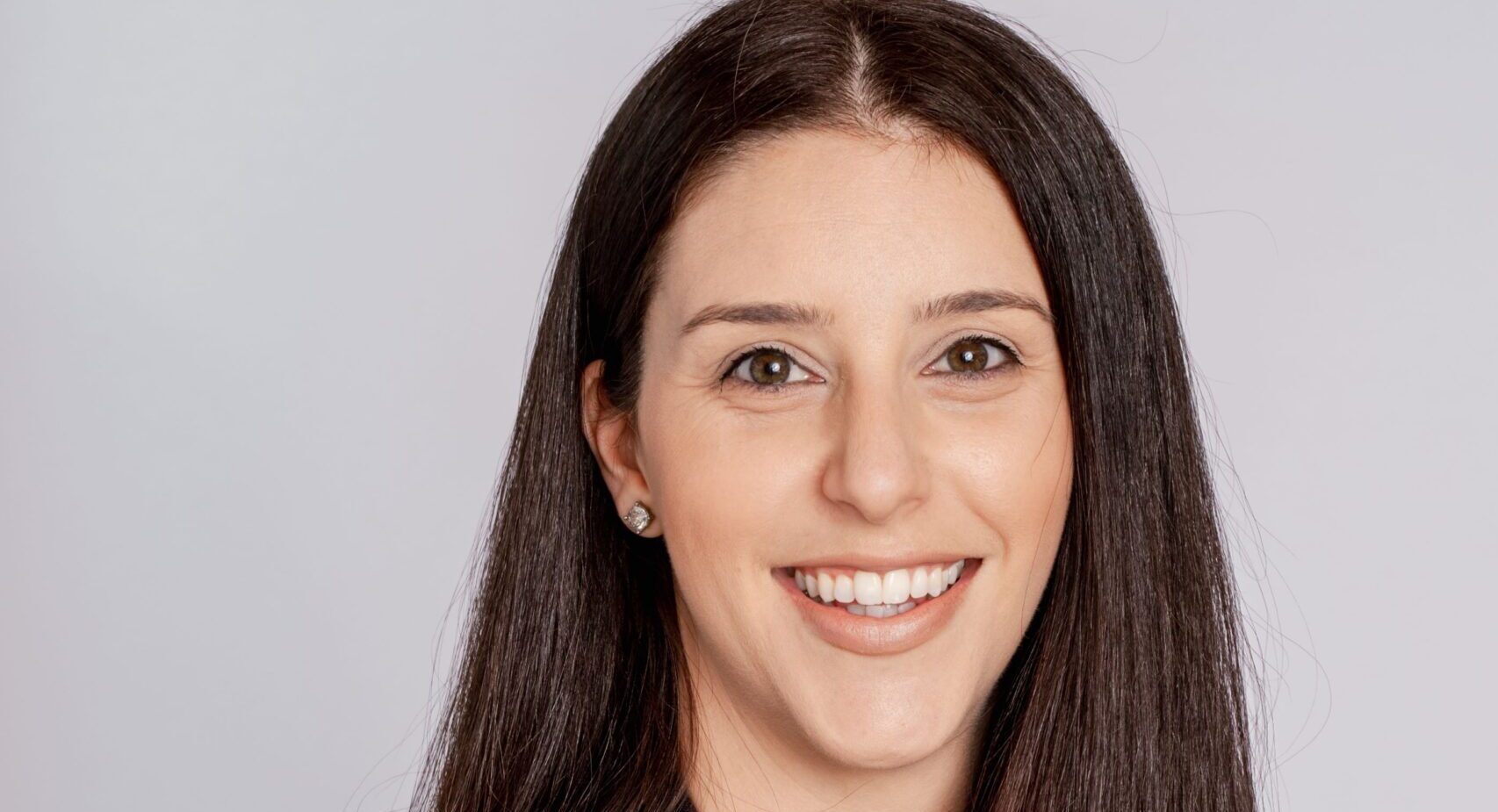By Louise Romeo, chief operations officer at Starcom Australia
In the ever-evolving landscape of media agencies, the fusion of human intelligence with artificial intelligence (AI) offers boundless opportunities for transformation. As we stand on the precipice of this technological evolution, it’s crucial to assess whether we’ve adequately equipped our talent to navigate this new terrain.
From automation to AI-driven decision-making, what once seemed like mere speculation in our trend decks has become integral to our workflow. However, as we strive for the pursuit of efficiency and rapid business growth, have we overlooked the true value of cultivating a culture of curiosity?
Reskilling emerges as the key to the future, with six in 10 workers needing training but only half having access to these opportunities. Progressive organisations that foster technical literacy and encourage curious minds can leverage the power of emerging technologies, establishing a cycle of continuous innovation.
An invisible intelligence
In the words of the great philosopher Jiddu Krishnamurti, “The ability to observe without evaluating is the highest form of intelligence.” Developing curiosity amongst our teams enables them to explore, learn, and develop without preconceived notions, unlocking their full potential. When this secret weapon becomes inherent in the way we behave, our teams become proactive in anticipating the changing market landscape, allowing them to deliver superior work for our clients and their brands.
Introducing CQ: The next frontier
Enter the concept of the curiosity quotient (CQ), a measure of an individual’s innate curiosity. Nurturing CQ within our teams fosters inclusivity, drives innovation, and facilitates AI integration. It complements traditional intelligence measures, underscoring the significance of curiosity in navigating a complex landscape. We place so much emphasis on IQ and logic, coupled with EQ to demonstrate empathy, but acknowledging where the concept of CQ fits in is key.
Evaluate, foster, and thrive
Investing in training, development, and recruitment strategies centred around curiosity is essential. By embracing curiosity as a guiding principle, we empower our teams to adapt, grow, and excel during times of uncertainty, but it all starts with understanding where your team currently sit on the curiosity scale.
As business leaders, we must be highly inquisitive ourselves to encourage curiosity and ongoing learning amongst our teams. Curiosity is closely intertwined with creativity and clarity – three vital attributes for effective leaders – so be sure to surround yourself with individuals who possess a naturally curious disposition.
Catalyst for change
Curiosity, intrinsic to human nature, propels us to challenge norms, refine strategies, and venture into uncharted territories. It serves as a catalyst for continuous improvement, fostering flexibility and laying the foundation for sustainable business models. Companies that prioritise curiosity stand as pioneers, leveraging technology to spur innovation and confront unforeseen challenges head-on.
When redefining our teams to incorporate both human and non-human elements, the symbiotic relationship between AI and human curiosity emerges as a potent force. While AI provides speed and precision, human curiosity offers creativity, intuition, and a willingness to embrace change, allowing us to create a new future versus one based on the predictions of the past.
Embracing the unknown
Curiosity is a powerful human trait in the workplace, with curious individuals typically demonstrating enhanced problem-solving skills. As we navigate the future, let us delegate tasks to machines where it makes sense to do so, and keep the ‘curiosity gap’ wide open, leveraging this human trait – one which we know machines will never match – to chart a path toward success in the age of AI.
—
See also: Ross Hastings: Marketing should be a culture, not a department
Top image: Louise Romeo
